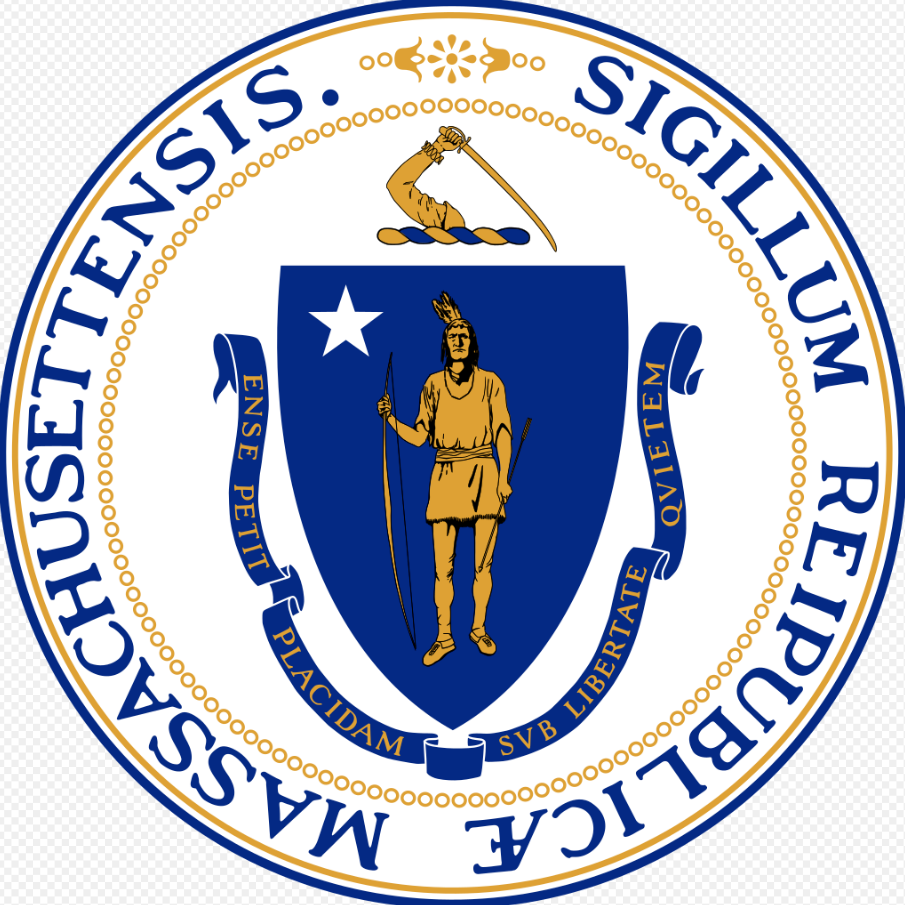Introduction
Question: Is CTCL misrepresenting the information on the IRS Form 990 stating that the PURPOSE of the grants were to help support the SAFE administration of public elections during the Covid-19 pandemic?
Answer: It appears so given the results of both aggregate, state and county by county analysis as we will see below. It appears this is a quantifiable democrat ballot harvesting operation.
Background
This is Part VII in The NGO Project series which examines the role NGOs had in determinative outcomes in the 2020 Presidential Election. In prior articles, I focused on the effect CTCL had on AZ, CO, GA, MI, NM, NY, PA, UT, and WI.
This article will solely focus on CTCL in Massachusetts (MA).
Calculation Basis
The calculation basis was previously explained in detail here. In this article, I do make one adjustment and that is to calculate the 2020DIFF factor by weighted average rather than arithmetic average.
Analysis
Of the 14 MA counties, 12 (86%) are CTCL Counties because grants were made in the county. These grants were made to local government entities and are shown here rolled up to the county.
Total votes cast in CTCL Counties were ~ 3,595,000 (99.99%) and NonCTCL Counties were ~ 20,000 (0.01%). To state it a different way, on a per County basis, CTCL had the opportunity to influence ~ 99.99% of MA voters.
The total amount of grants to MA was ~ $2,923,000 and the value of individual grants ranged from ~ $9,500 to $762,000.
2.4MM of the grants (67%) were focused in 5 counties of Essex, Hampden, Middlesex, Suffolk and Worcester. The $/vote spent by CTCL in these five counties range from $0.72/vote to $2.29/vote (all parties).
Given that only ~ 20,000 votes in the state occurred in NonCTCL counties, we will need to take a simpler approach with this analysis. There is no way to compare CTCL to NonCTCL counties in MA.
What is interesting is that Suffolk County, which had the top CTCL spend actually trended more R in the D/R ratio between 2016 to 2020 as seen in the -2020DIFF by County value of -0.2586. For that reason, I will remove any possible D vote contribution due to CTCL from Suffolk along with the 2 small counties that did not receive CTCL grants (Nantucket and Dukes).
2020DIFF Calculated with Weighted Average
For this analysis, I used a slightly different way to calculate the 2020DIFF using a weighted average based on total votes in a county. This is what it looks like.
w = Total County Vote / Total State Vote
a = D/R2020 - D/R2016 (for CTCL Counties)
a' = a * w (per county)
2020DIFF = sum(a'1:a'n)
This method in theory permits a better correlation for D vote harvesting because it is weighted for counties with higher vote totals.
The 2020DIFF for CTCL counties is 0.200 or 20% meaning the ratio of D/R for CTCL counties shifted 20% higher in 2020 compared to 2016.
This adds up to ~ 420,000 D votes across all CTCL counties.
Given that Biden beat Trump in MA by ~ 1.2MM votes, the 420,000 extra CTCL votes would have made the result much tighter. But using this analysis type, does not appear to have tipped the scale completely. Still, 420,000 votes is a big potential impact.
Conclusion
CTCL issued ~$3.6MM grants in MA and “purchased” ~ 420,000 more D votes in CTCL counties than may have occurred without CTCL grants.
That is ~ $9/Vote.
Pretty good return on your investment if you are part of the election racketeering cabal.
References
CTCL IRS Form 990 (used revised form from January 2022)
Telegram - https://t.me/electiondataanalyzer
Truth - @ElectionDataAnalyzer




